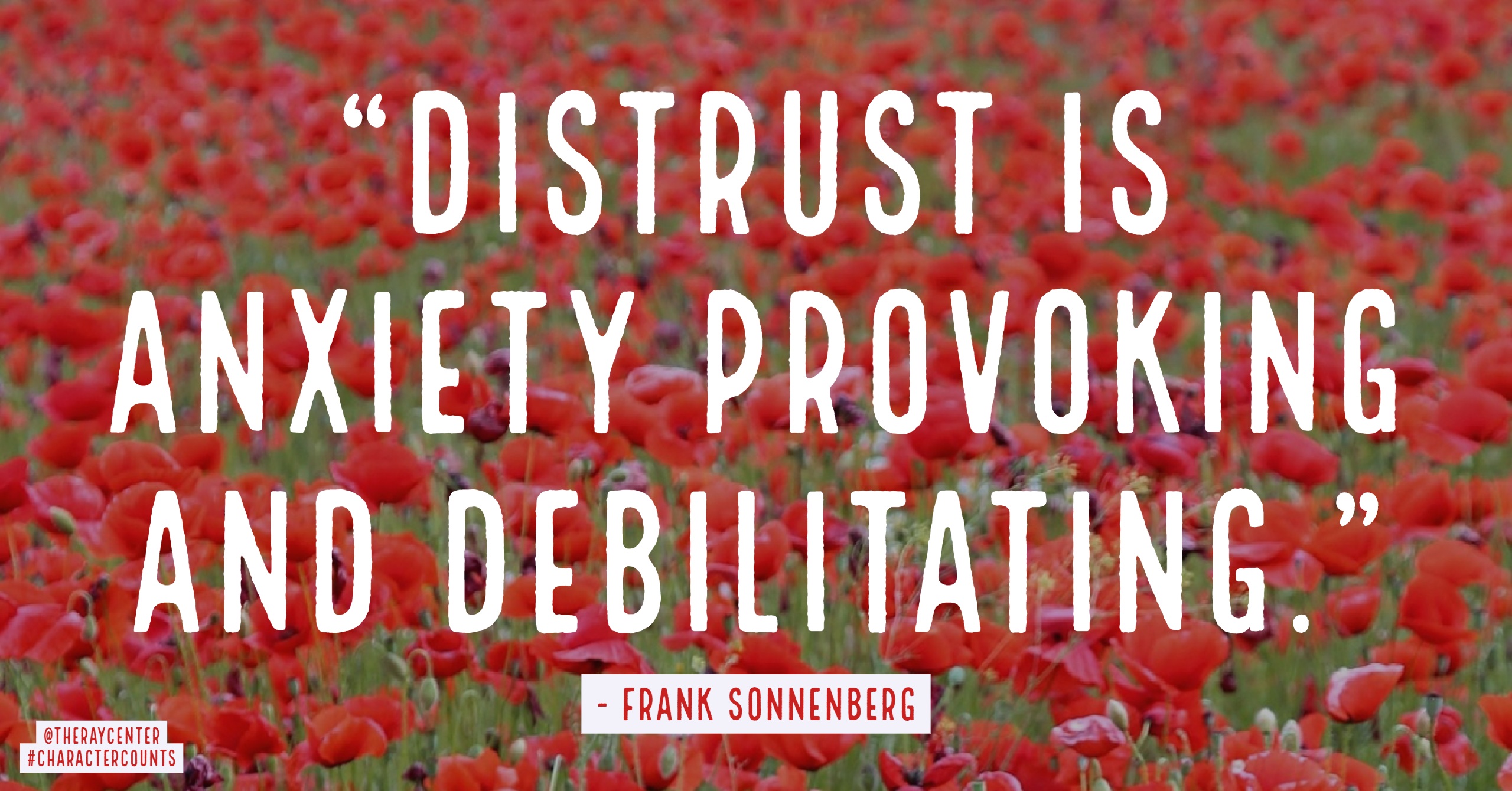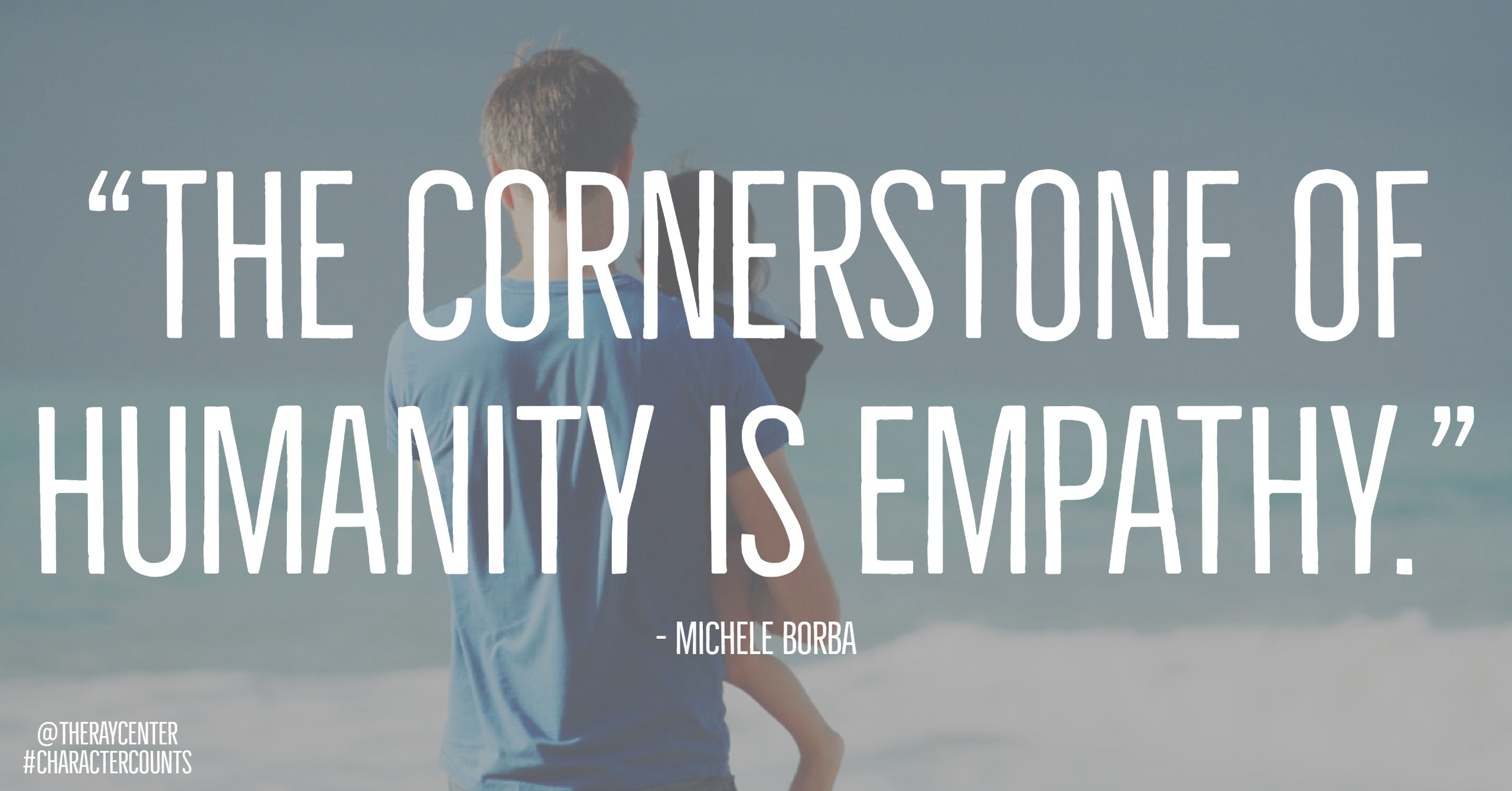Moral courage — the engine of integrity
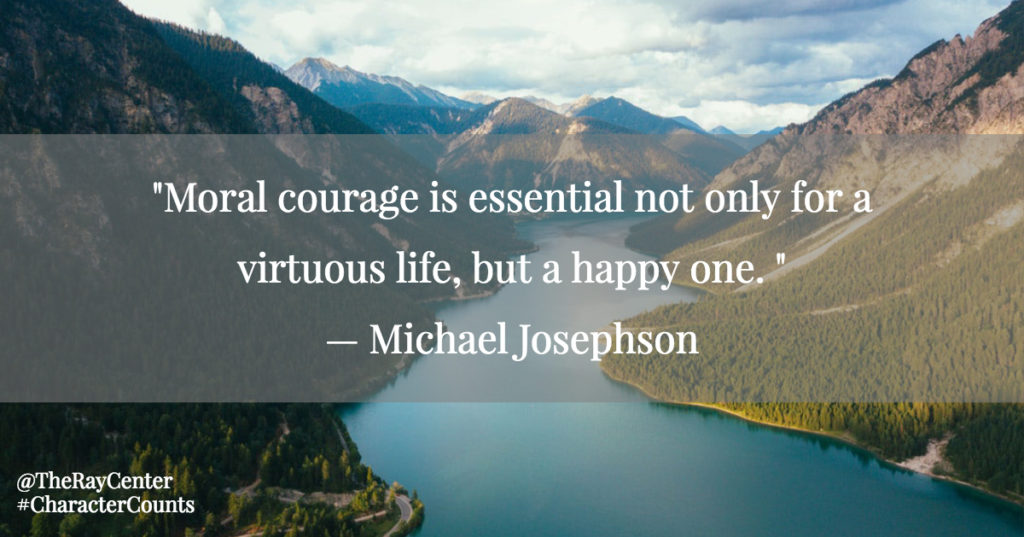
From our guest contributor, Michael Josephson.
Mignon McLaughlin tells us, “People are made of flesh and blood and a miracle fiber called courage.”
Courage comes in two forms: physical courage and moral courage. Physical courage is demonstrated by acts of bravery where personal harm is risked to protect others or preserve cherished principles. It’s the kind of courage that wins medals and monuments.Moral courage may seem less grand but it is more important because it’s needed more often.
Moral courage is the engine of integrity. It is our inner voice that coaxes, prods, and inspires us to meet our responsibilities and live up to our principles when doing so may cost us dearly.![]()
It takes moral courage to be honest at the risk of ridicule, rejection, or retaliation, or when doing so may jeopardize our income or career. It takes courage to own up to our mistakes when doing so may get us in trouble or thwart our ambitions. It even takes courage to stand tough with our kids when doing so may cost us their affection.
Like a personal coach, moral courage pushes and prods us to be our best selves. It urges us to get up when we’d rather stay in bed, go to work when we’d rather go fishing, tell the truth when a lie would make our life so much easier, keep a costly promise and put the interest of others above our own.
The voice of moral courage is also our critical companion during troubling times; it provides us with the strength to cope with and overcome adversity and persevere when we want to quit or just rest.
At unexpected and unwelcome times, we all will be forced to deal with the loss of loved ones, personal illnesses and injuries, betrayed friendships, and personal failures. These are the trials and tribulations of a normal life, but, without moral courage, they can rob us of the will and confidence to find new roads to happiness and fulfillment
Moral courage is essential not only for a virtuous life, but a happy one. Without courage, our fears and failures confine us like a barbed wire fence.
The voice of moral courage is always there, but sometimes it is drowned out by the drumbeat of our fears and doubts. We need to learn to listen for the voice. The more we call on it and listen to it and trust it, the stronger it becomes.
This is Michael Josephson reminding you that character counts.
 Michael Josephson is an influential and internationally renowned champion of character education for youth and ethical conduct in business, government, policing, journalism, sports, healthcare and law. He is credited by many as the person most responsible for reviving and professionalizing the character education in school and youth-serving organizations. In 1992, under the auspices of the Josephson Institute he created CHARACTER COUNTS!, the world’s most widely implemented character development initiative based on a common language of shared values – the Six Pillars of Character) and Pursuing Victory With Honor (1996), a companion program promoting ethics in sports.
Michael Josephson is an influential and internationally renowned champion of character education for youth and ethical conduct in business, government, policing, journalism, sports, healthcare and law. He is credited by many as the person most responsible for reviving and professionalizing the character education in school and youth-serving organizations. In 1992, under the auspices of the Josephson Institute he created CHARACTER COUNTS!, the world’s most widely implemented character development initiative based on a common language of shared values – the Six Pillars of Character) and Pursuing Victory With Honor (1996), a companion program promoting ethics in sports.
Click here for more information on character education.

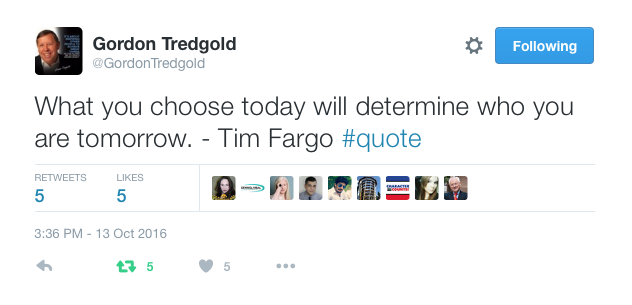


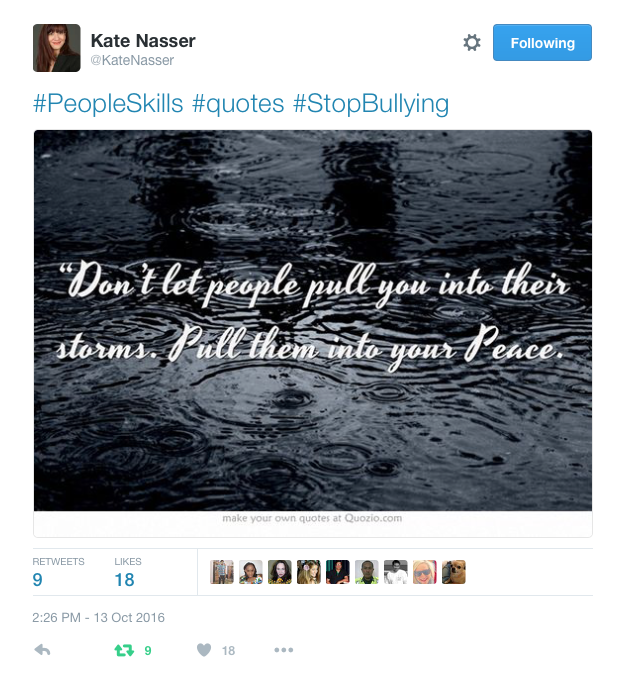





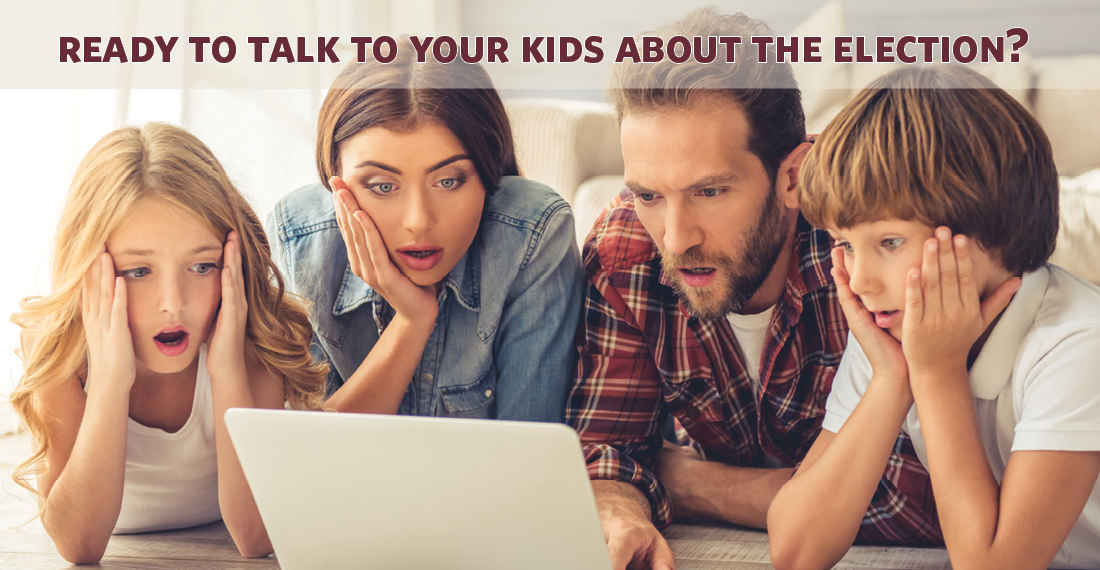
 Amy has worked with The Ray Center since 2004 and serves as director of communications and administration.
Amy has worked with The Ray Center since 2004 and serves as director of communications and administration. 